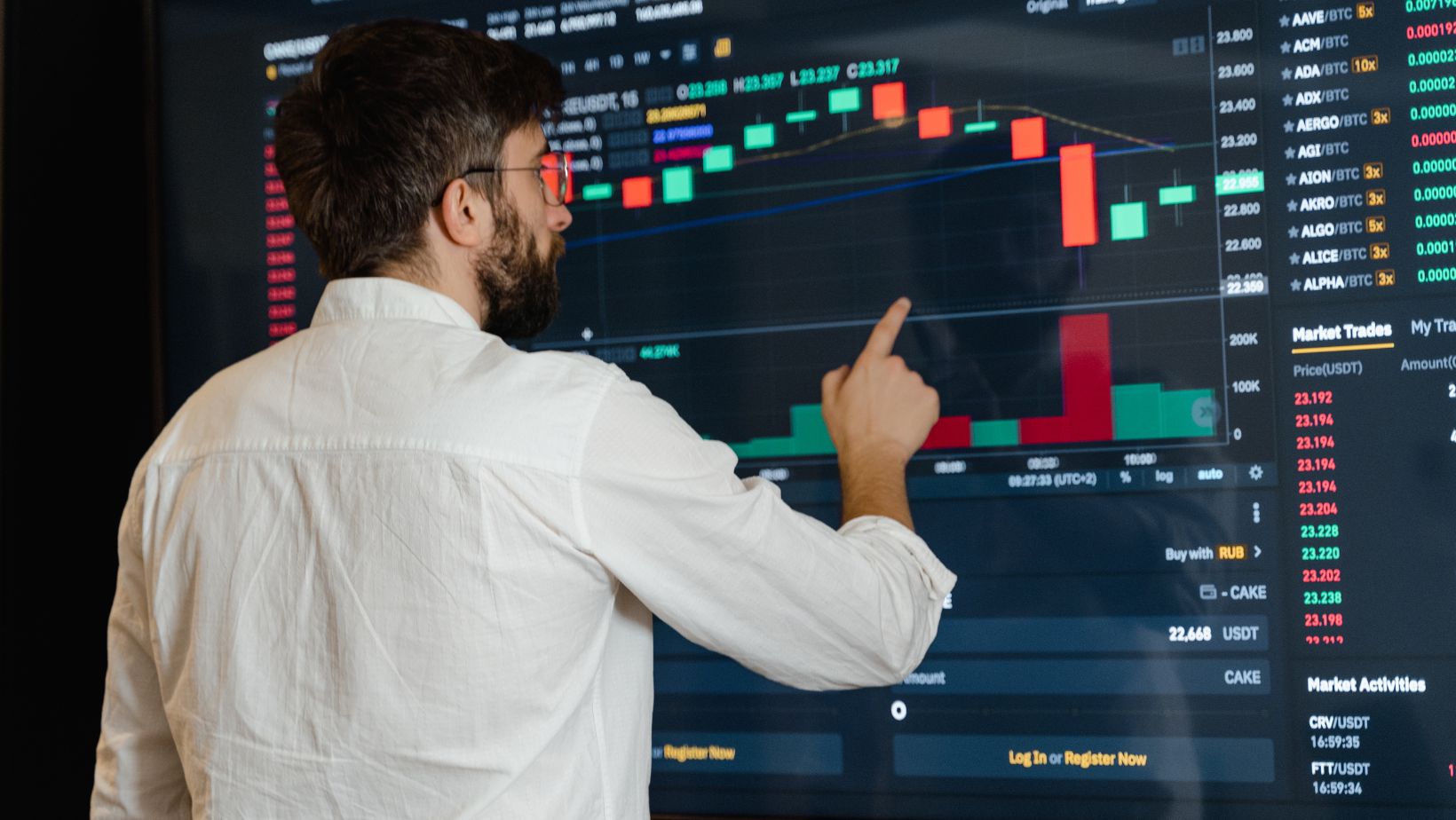You can’t really trade forex—or any crypto pair tied to fiat—without bumping into the term pip. And sure, on the surface, it sounds like one of those overly technical words that only chart-obsessed traders care about.
But here’s the reality.
Pips are kind of the heartbeat of every move you make. They’re the tiny markers that help you track profit, loss, and—sometimes—whether you’re about to blow your account or not.
If you’re in the forex or crypto-forex space and still fuzzy on what a pip really is—or why it’s messing with your risk and reward—it’s time to clear that up.
So, What Exactly Is a Pip?
Let’s break it down without the jargon overload. A pip—short for “percentage in point”—is a unit of measurement that tracks how much a currency pair has moved. For most forex pairs, it’s the fourth decimal place. So if USD/CHF moves from 0.9150 to 0.9151? That’s one pip. And if you’re wondering do forex robots work, understanding pip movements is essential because automated systems rely on these tiny price changes to execute trades.
Seems harmless, right? Until you’re trading standard lots, and each pip is worth $10. Now that innocent little bump just cost you—or earned you—money. And that’s without even factoring in leverage, which… well, let’s just say it multiplies everything.
In crypto-forex, pips work the same way, but with even more volatility. A 20-pip move in BTC/USD doesn’t play out like a 20-pip move in EUR/USD. One is a ripple. The other could be a tidal wave.
How to Calculate Pips without Guesswork
Picture this: you’re trading ETH/USD with a standard lot and the pair shifts by 20 pips. How much did you just make? Or lose?
If you’re doing the math in your head, you’re braver than most.
The smarter move? Use a proper forex pip calculator that handles the math for you.
If you’re not sure where to start, click here for more details on how pip value is calculated. The one from Axi is solid—just enter your pair, trade size, and account currency, and it does the rest. One less thing to mess up when you’ve got ten tabs open and the price is moving fast.
Don’t Let “Small” Fool You
Here’s the trick: the pip feels small. Like, how much damage could a fourth decimal place really do? But when you’re trading standard lots, one pip can equal $10. Multiply that by 50 pips, and now we’re talking real consequences. Or real wins—if you’re on the right side of the move.
Think of pips like the heartbeat of the market. They’re subtle, but constant. Miss a few beats, and you might not notice right away. But eventually? The account flatlines.
Final Take
Trading’s already got enough unpredictability. You don’t need to add “not knowing what a pip costs” to the list. Whether you’re scalping ETH/USD or holding EUR/GBP overnight, understanding pip value is how you keep your edge—and your capital.
And hey, it’s not about obsessing over every decimal. It’s about knowing what each move means before it happens.
So, if you haven’t already, get into the habit. Use the tools. Check the math. Because in this game, the ones who last aren’t always the ones who bet big—they’re the ones who know exactly what a pip is worth before it moves.














